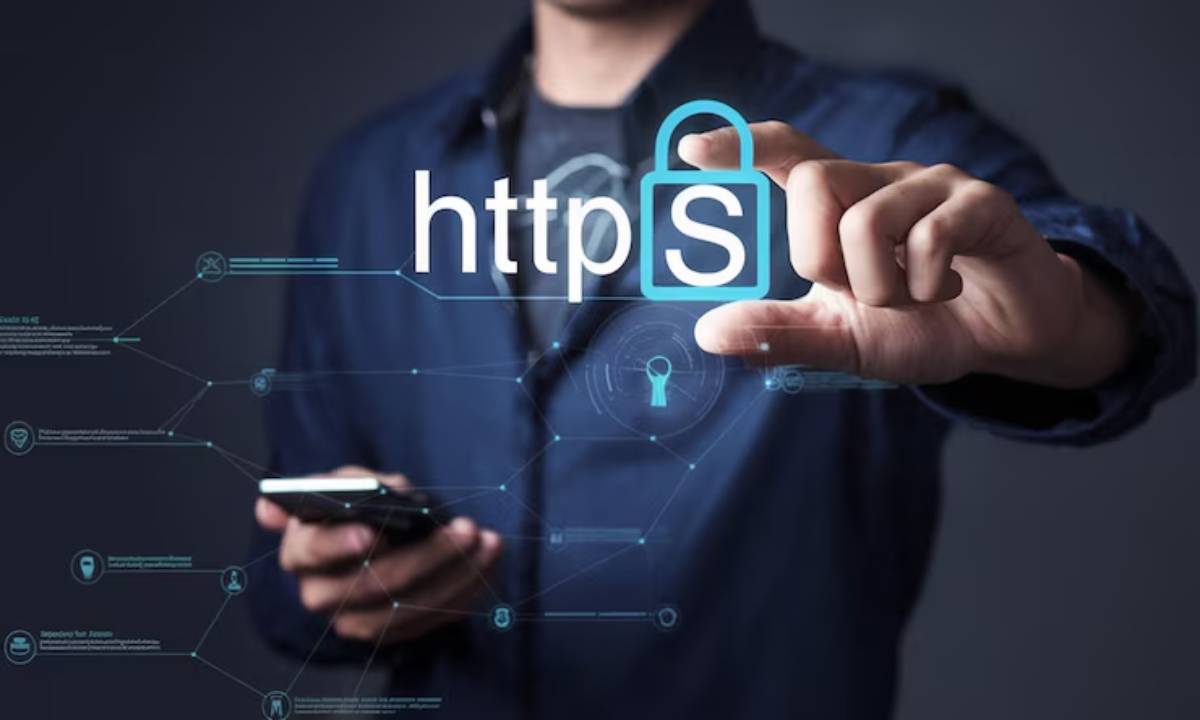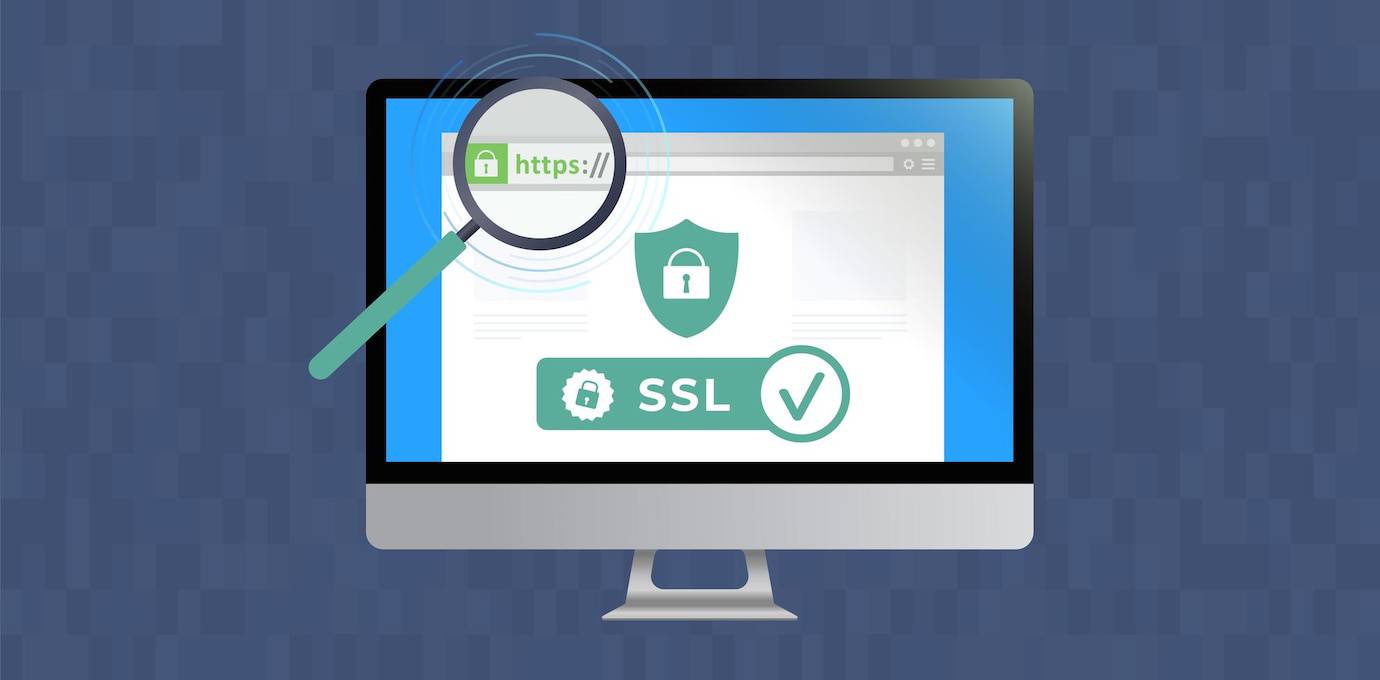
Implementing SSL and HTTPS for Secure Transactions
Picture this: You’re ready to make a purchase on an online store. You’ve found the perfect item and entered your card details. Just as you’re about to hit ‘Buy Now,’ you notice something odd. The site address starts with “http,” not “https.” Suddenly, you hesitate.
Many people worry about a website’s security. This makes them hesitate before completing a transaction. In today’s digital world, SSL certificates and HTTPS are vital. They help build trust and secure ecommerce transactions.
Whether you run a large online business or are just starting out, understanding SSL and HTTPS is essential. It’s more than a technical detail; it’s an important choice for your business. This guide explains why they are important, how they function, and how to use them successfully.
Why SSL and HTTPS Matter in E-commerce
Building Customer Trust
Picture giving your credit card to a cashier in a store with broken windows and flickering lights. Feels risky, right? That’s how customers feel when your website isn’t secured with HTTPS.
Statistics tell the story:
- 85% of consumers avoid unsecured websites (GlobalSign, 2023)
- 70% abandon their carts if they don’t trust a website’s security
SSL and HTTPS show customers that you take their privacy seriously.
Protecting Sensitive Data
Data such as passwords, credit card numbers, and personal addresses travel in plain text without encryption. Hackers can intercept this information with alarming ease.
SSL encryption is like an invisible cloak. It scrambles data, making it unreadable if someone intercepts it.
Improving SEO Rankings

Since 2014, Google has factored HTTPS into its ranking algorithm. In other words, a secure site isn’t just safer — it’s more likely to show up higher in search results.
Pro Tip: Want better visibility? Get serious about SSL.
Understanding SSL and HTTPS
What is an SSL Certificate?
An SSL (Secure Sockets Layer) certificate is like a digital passport. It proves your website’s identity and allows for encrypted connections.
In simple terms:
- It proves you are who you claim to be.
- It secures data moving between the browser and your server.
What is HTTPS?
HTTPS (Hypertext Transfer Protocol Secure) is the secure version of HTTP. It means all communication between your browser and the website is encrypted.
Think of it like: Sending a letter. HTTP is like writing on a postcard; everyone can read it. HTTPS is like sealing it inside an envelope — private and protected.
How SSL and HTTPS Work Together
When a browser connects to an HTTPS site:
- The site sends its SSL certificate to the browser.
- The browser checks if it’s from a trusted authority.
- If verified, the browser and site create an encrypted connection.
- All data exchanged remains private and secure.
This handshake happens in milliseconds, making online shopping feel instant and safe.
Different Types of SSL Certificates
Choosing the right SSL certificate depends on your business needs.
1. Domain Validation (DV)
- Fast and affordable
- Validates domain ownership
- Ideal for blogs or small sites
2. Organisation Validation (OV)
- Verifies organisation details
- Boosts credibility
- Recommended for growing e-commerce sites
3. Extended Validation (EV)
- Highest level of trust
- Green address bar with company name
- Best for established businesses handling sensitive transactions
Did you know? Big brands such as Amazon and PayPal rely on EV certificates. They do this to boost customer trust.
Step-by-Step Guide to Implementing SSL and HTTPS
Step 1: Choose the Right SSL Certificate
Decide based on your business size, customer expectations, and budget.
Where to buy:
- Certificate Authorities (CAs) like DigiCert, GlobalSign
- Your hosting provider (often bundled)
- Resellers (cheaper, but ensure reliability)
Tip: For e-commerce, OV or EV certificates are strongly recommended.
Step 2: Install the SSL Certificate

This can vary depending on your hosting platform:
- Managed hosts (like Shopify, Wix) often do it automatically.
- Self-hosted sites (like WordPress with WooCommerce) may require manual installation.
General installation steps:
- Generate a Certificate Signing Request (CSR)
- Submit CSR to the Certificate Authority
- Receive SSL certificate files
- Install on your web server
Step 3: Update Your Website to HTTPS
Simply installing the certificate isn’t enough. Update your entire site to use HTTPS.
Action list:
- Update internal links (images, scripts, stylesheets)
- Redirect all HTTP traffic to HTTPS (301 redirects)
- Update your Content Management System (CMS) settings
- Update external services (Google Analytics, Search Console)
Pro Tip: Use a plugin like Really Simple SSL for WordPress to streamline the process.
Step 4: Test Your HTTPS Setup
Don’t assume everything is perfect! Test it.
Tools:
- SSL Labs’ SSL Test
- Why No Padlock?
Check for:
- Mixed content warnings
- Proper redirection
- Certificate validity
Step 5: Maintain and Renew Your SSL Certificate
SSL certificates aren’t forever. Most need renewing annually or biannually.
Best practices:
- Set calendar reminders
- Opt for automatic renewal when possible
An expired certificate = lost trust + lost sales.
Common HTTPS Implementation Mistakes to Avoid
Mistake 1: Not updating all internal links
- Result: “Mixed content” warnings that scare visitors away
Mistake 2: Forgetting redirects
- Result: Duplicate content and SEO penalties
Mistake 3: Using a self-signed certificate
- Result: Browsers flag your site as “Not Secure”
Mistake 4: Ignoring mobile compatibility
- Result: Broken experiences for mobile shoppers
Quick tip: Always check your store on different devices after switching to HTTPS.
Real-World Success Story
Case Study:
A small online jewellery store increased sales by 23% after adding SSL and switching to HTTPS. They saw a 12% boost in organic search traffic in just three months. This happened because Google rewarded them for improving their security.
Moral of the story: SSL and HTTPS aren’t expenses — they’re investments.
FAQs About SSL and HTTPS
How long does SSL installation take?
- DV certificates: Minutes to a few hours
- OV and EV certificates: 1-5 business days (due to verification)
Will SSL slow down my website?
- Minimal impact, often undetectable
- HTTP/2 protocol (which requires HTTPS) actually speeds up site loading
Is free SSL from Let’s Encrypt good enough?
- Yes, for small projects
- No, if you’re handling financial transactions or sensitive customer data
Conclusion: Implementing SSL and HTTPS for Secure Transactions
In today’s digital landscape, security isn’t optional — it’s essential. Using an SSL certificate and switching to HTTPS protects your customers. It also improves your credibility, SEO, and your profits.
Customers are more discerning than ever. To earn their trust and business, show that you take secure e-commerce seriously.
Take the first step today:
- Choose the right SSL certificate
- Implement HTTPS properly
- Test, monitor, and renew diligently


